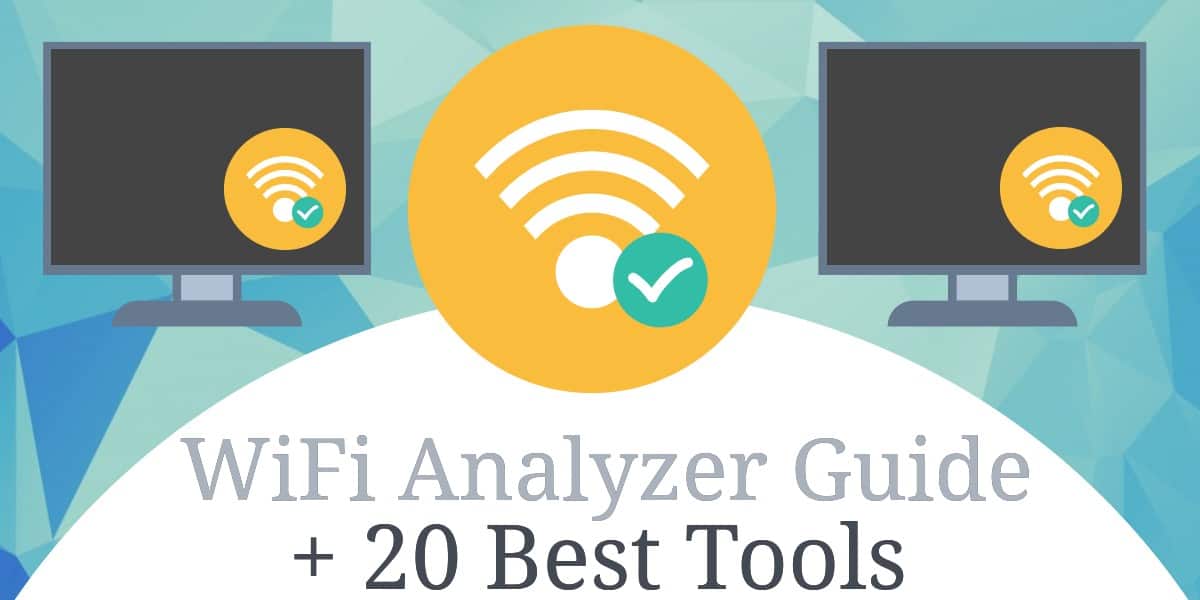
This means IPv4 packets are encapsulated inside IPv6. Both DS-Lite and Map-E use IPv6 IPoE (IP over Ethernet) that replaces the IPv4 only PPPoE connection protocol. The problem with Velop is the same one with the Apple AirPort Extreme ( part 1, part 2) and Google Nest WiFi: no support for DS-Lite and Map-E IPv6 protocols used by NTT FLETS. Velop and similar ‘mesh’ WiFi routers from Google Nest, Amazon erro et all are good products but I do not recommend any of them for WiFi use in Japan: they all lack support for the IPv6 protocols used by NTT FLETS Japanese internet service providers (ISP) and the NTT NGN backbone. Linksys has been absent from Japan for some time but seems to be using Velop to dip a toe back into the Japanese market. All the WiFi dead spots were gone, my father can FaceTime wherever he wanders. I picked up a Linksys Velop mesh WiFi router set for him while in the USA, set bridge mode on his Xfinity box and plugged in the Velop router. Like most people my father likes to walk around and talk resulting in broken connections and conversations. My father had WiFi problems in his apartment, too many dead spots for a decent FaceTime conversation unless he stayed tethered near his Comcast Xfinity WiFi box.


My old slow PPPoE internet configuration map.


 0 kommentar(er)
0 kommentar(er)
